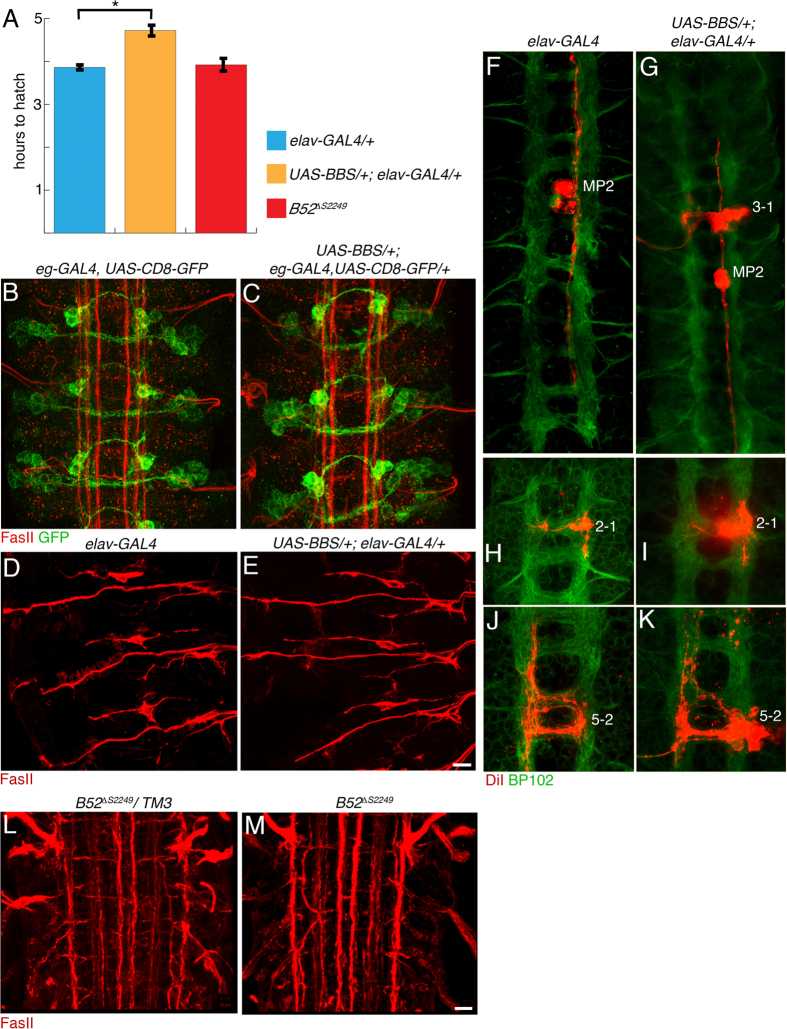Figure 3. Loss of B52 function delays larval hatching, but does not interfere with determination, cell division and axon guidance.
The genotypes are indicated at the top of each figure: elav-GAL4 and, B52ΔS2249/TM3, control; UAS-BBS/+; elav-GAL4/+, B52 depletion; eag-GAL4, UAS-CD8-GFP, control; UAS-BBS/+; eag-GAL4, UAS-CD8-GFP/+, B52 depletion; B52ΔS2249, B52 null mutant. (A) Time for larval hatching for elav-GAL4 (n = 38), UAS-BBS/+; elav-GAL4/+ (n = 37) and homozygous B52ΔS2249 mutants (n = 21) was measured starting at tracheal filling. Depletion of B52 function delays hatching by nearly 1 h (p = 0.02, t-test). B52ΔS2249 mutant embryos show no hatching delay. Error bars represent standard error. (B,C) Loss of B52 does not interfere with neuronal determination and differentiation. Neural precursors 2-4, 3-3, 6-4, 7-3 and their progeny are labelled by the expression of membrane-bound GFP (green, eg-GAL4/UAS-myr-GFP). At embryonic stage 17, no differences in cell number, differentiation and axonal projection between wild type and depletion of B52 function can be observed. (D,E) At stage 17, motorneurons were labelled with Fasciclin II antisera (red). Depletion of B52 does not affect muscle innervation. (F–K) Single neural precursors were labelled with the fluorescent dye, DiI (red), and their development followed in vivo. At stage 17, embryos were fixed, immunostained and the clones were recorded by confocal microscopy. Clones derived from precursor MP2, 3-1, 2-1 and 5-2 are shown. Depletion of B52 function does not interfere with neuronal determination, cell division or axon guidance. No changes in the axon scaffold (green, BP102) can be detected. (L,M) Axon projection pattern (red, FasII) in the CNS of 36 h post-hatching B52 homozygous mutant larvae are indistinguishable from wild type. Horizontal views, Anterior is up. Scale: 10 μm.

